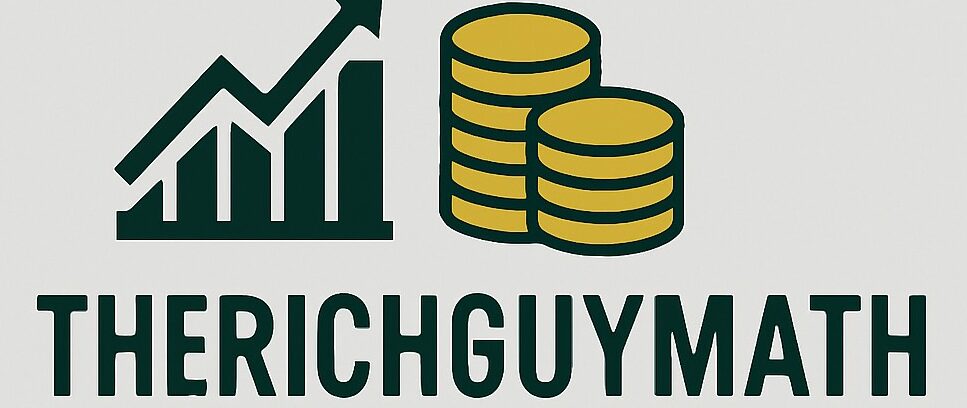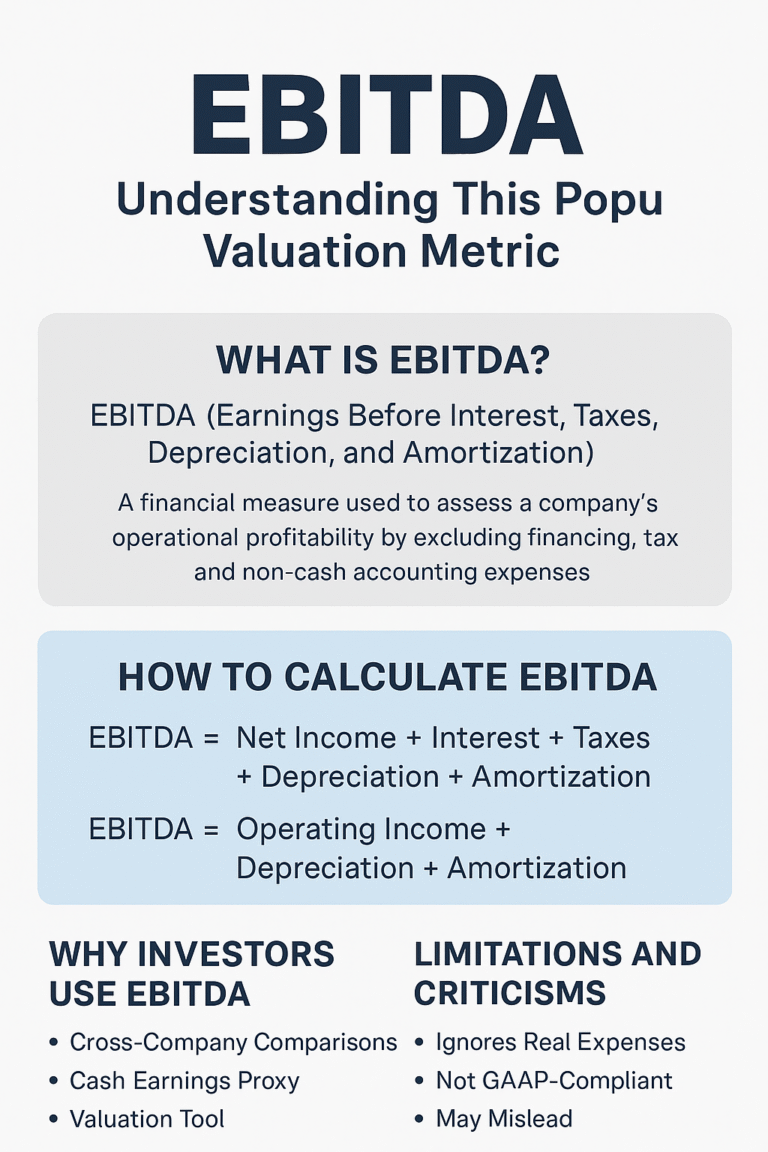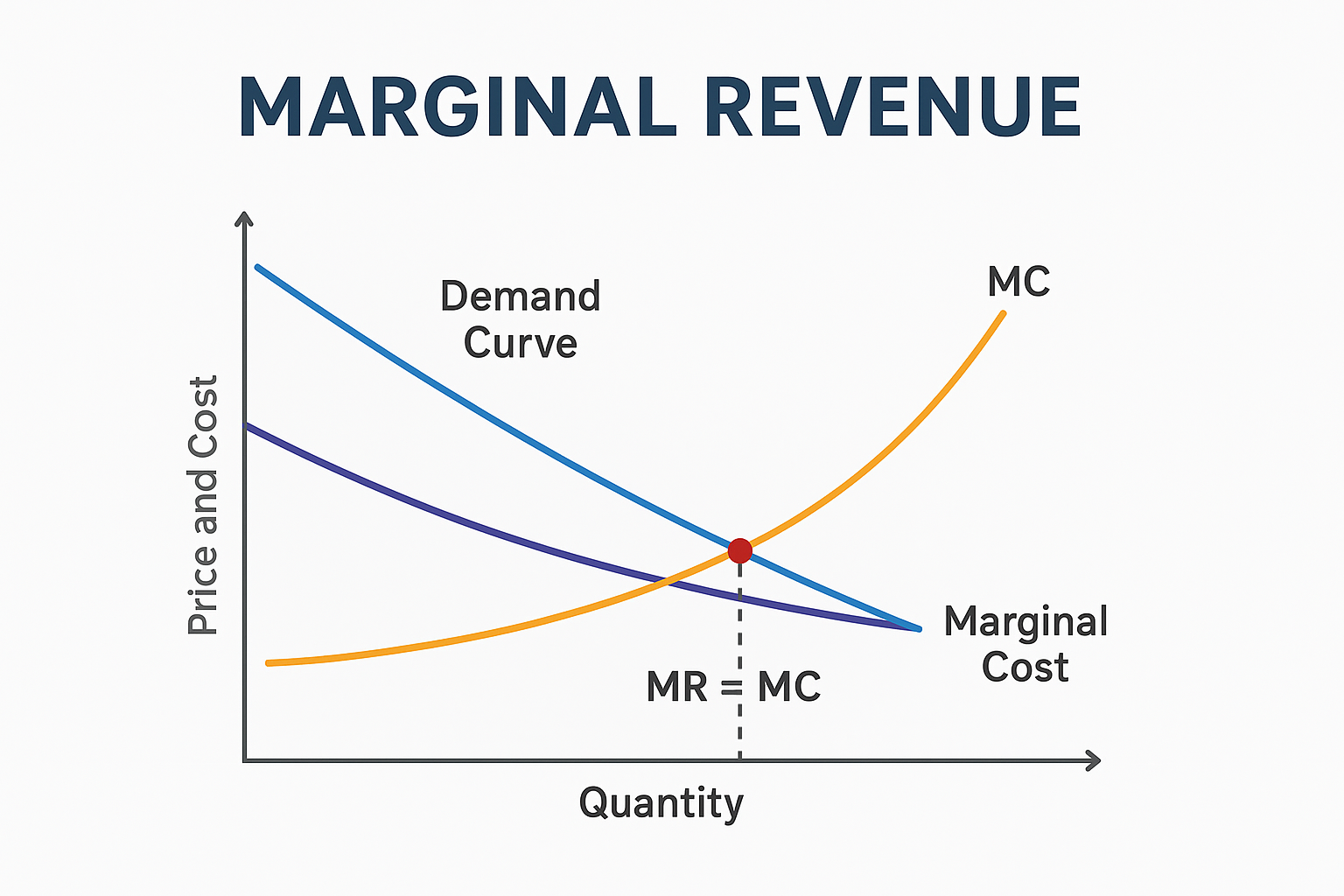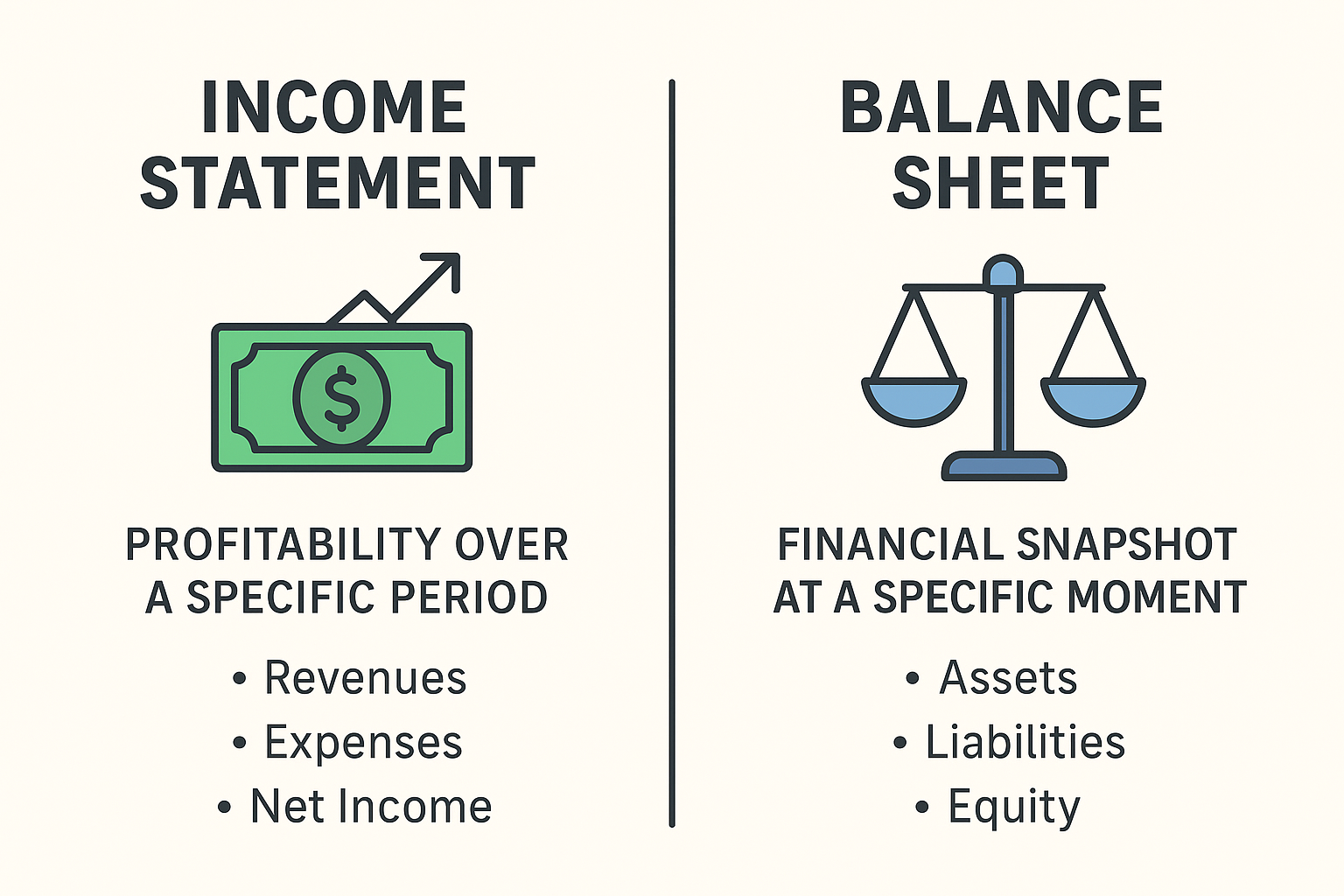Investing is the act of committing money to gain a financial return. This means putting your money into assets with the expectation that it will grow over time.
Yes, you can start investing with just $100, and you should. Thanks to tools like fractional shares, exchange-traded funds (ETFs), robo-advisors, and micro-investing apps, you no longer need thousands of dollars to build a diversified portfolio. The key is to start now, invest consistently, and let compound growth do the heavy lifting.
Whether your goal is long-term wealth building, retirement, or simply learning the ropes, this guide will show you how to turn $100 into the start of something much bigger.
Step 1: Choose the Right Investment Account
Before you put your $100 to work, you need a place to invest it.
Option 1: Brokerage Account
A brokerage account gives you access to stocks, ETFs, mutual funds, and more. Many modern brokers have no account minimums and zero trading commissions.
- Best For: Flexibility, active or passive investing.
- Popular Brokers: Fidelity, Charles Schwab, Robinhood, E*TRADE.
Option 2: Robo-Advisors
If you want a “set it and forget it” approach, robo-advisors automatically invest your money into a diversified portfolio based on your risk profile.
- Best For: Beginners who want hands-off investing.
- Popular Options: Betterment, Wealthfront, SoFi Invest.
Pro Tip: If you can, open a tax-advantaged account like a Roth IRA for long-term investing.
Step 2: Use Fractional Shares to Own Big-Name Stocks
In the past, buying a single share of Amazon or Google required hundreds (or thousands) of dollars. Fractional shares let you buy a piece of a stock with as little as $1.
Why it works:
- Instant diversification, even with small amounts.
- Ability to invest in high-quality companies without saving up for full shares.
Brokers Offering Fractional Shares:
- Fidelity
- Charles Schwab
- M1 Finance
- Robinhood
- Public
Step 3: Start with ETFs or Index Funds
If picking individual stocks feels overwhelming, ETFs and index funds are the easiest way to get broad market exposure.
Why ETFs are great for beginners:
- Low cost (many have expense ratios under 0.1%).
- Instant diversification (one fund can hold hundreds of companies).
- Trade like stocks (easy to buy and sell).
Examples of Beginner-Friendly ETFs:
- VTI – Vanguard Total Stock Market ETF
- VOO – Vanguard S&P 500 ETF
- QQQ – Invesco Nasdaq-100 ETF
Pro Tip: Invest your $100 in a total market ETF and then add small amounts every month.

Step 4: Try Micro-Investing Apps for Simplicity
If $100 feels like a small start, micro-investing apps help you build the habit by investing spare change or small recurring amounts.
How it works:
- Link your bank card.
- Every purchase is rounded up to the nearest dollar.
- The “spare change” is invested automatically.
Popular Apps:
- Acorns – Round-up investing + ETF portfolios.
- Stash – Fractional shares + themed portfolios.
- Qapital – Goal-based automated investing.
Step 5: Consider Safer Options for Lower Risk
Not all investments need to be in the stock market. If you’re risk-averse, consider safer but lower-return options:
- High-Yield Savings Account (HYSA) – 4–5% APY in 2025.
- Certificates of Deposit (CDs) – Fixed interest rates for set terms.
- Treasury Bills (T-Bills) – Backed by the U.S. government.
Step 6: Don’t Forget to Invest in Yourself
Sometimes the best return on $100 is improving your skills or knowledge.
- Buy a course on a high-income skill.
- Purchase books on personal finance and investing.
- Attend workshops or networking events.
This may not show up as an account balance, but it will pay dividends in your earning potential.
Step 7: Build a Consistent Habit
$100 is your starting point, but consistency beats lump sums. Even $25 a week can snowball over time.
Example:
If you invest $100 today and add $25 weekly, earning an average 8% return:
- After 1 year: ~$1,400
- After 5 years: ~$7,700
- After 10 years: ~$19,500
That’s the magic of compound growth.
Comparison Table: Where to Put Your $100
| Strategy | Pros | Cons | Best For |
|---|---|---|---|
| Fractional Shares | Own top companies cheaply | Stock-picking risk | Brand-focused investors |
| ETFs/Index Funds | Diversified, low-cost | Still exposed to market downturns | Passive investors |
| Robo-Advisors | Hands-off, auto-rebalanced | Annual management fee | Beginners who want automation |
| Micro-Investing Apps | Easy habit-building | Higher % fees on small amounts | New investors, casual savers |
| HYSA/CDs/T-Bills | Low risk, predictable | Low returns vs. stocks | Safety-focused investors |
| Self-Investment | Long-term skill payoff | No immediate portfolio growth | Career & income builders |
Mistakes to Avoid When Starting with $100
- Chasing “get rich quick” schemes – Stick to legitimate investment platforms.
- Putting all $100 into a single stock – Diversify, even with small amounts.
- Ignoring fees – Even $1/month fees are huge when your portfolio is small.
- Not reinvesting returns – Use DRIP (dividend reinvestment plans).
Final Thoughts: Start Now, No Matter How Small
Waiting to “save up more” before investing often means missing months or years of compound growth. The truth is, the best day to start was yesterday. The second-best day is today.
With $100, you can:
- Buy fractional shares of top companies.
- Start a diversified ETF portfolio.
- Automate investing with a robo-advisor or app.
- Even invest in yourself for long-term payoffs.
The key is to start, stay consistent, and think long-term. Small steps today will become big wins tomorrow.
External References:






